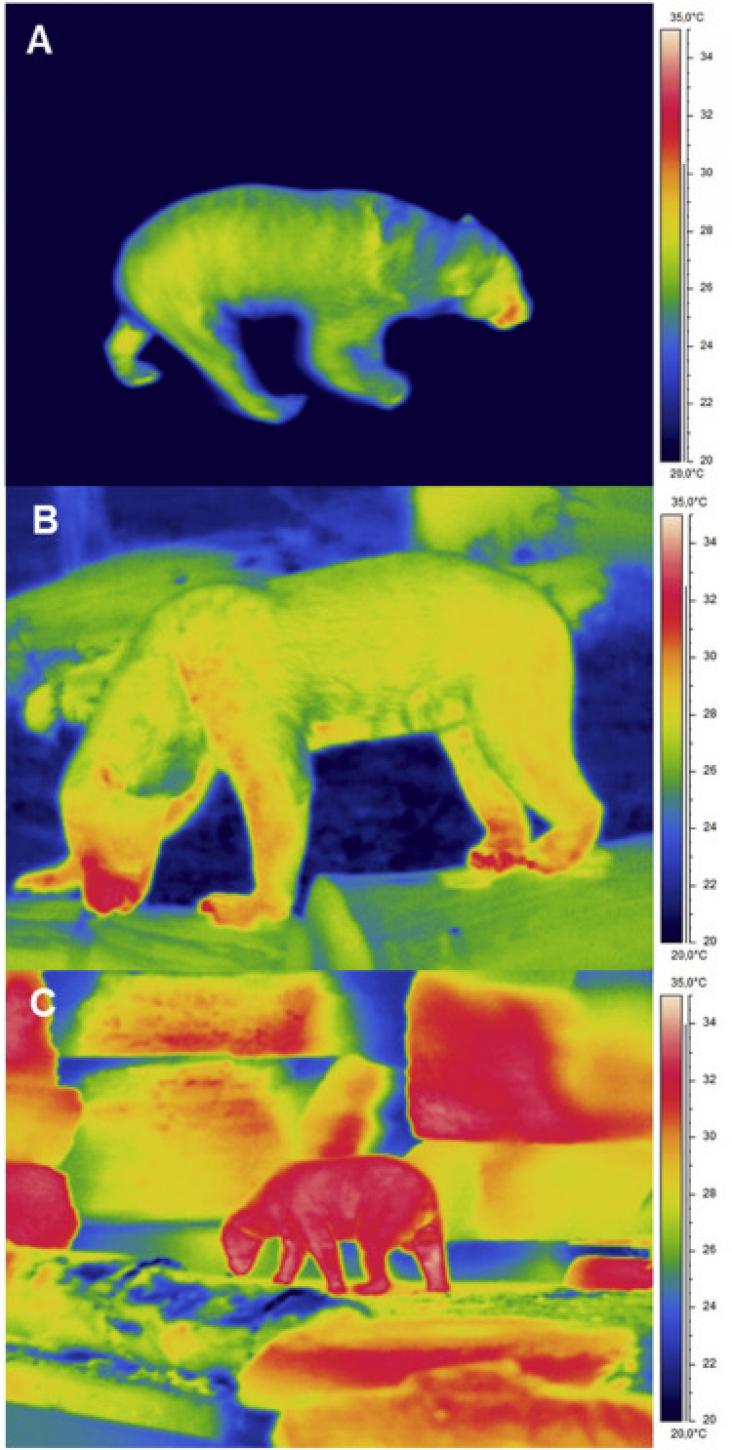
Global climate change and land degradation are two grand changes facing humanity. In this perspective, we examine how degraded and abandoned farmland can be harnessed to fight climate change.
William D. Fletcher, Craig B. Smith, Chapter 9 - What would it take to reach net zero?, Reaching Net Zero, Elsevier, 2020, Pages 107-122

The new 2030 sustainable development agenda is likely to dominate policy and academic debates at both national and international levels over next 15 years and beyond.
Partner content
World Bank
The Atlas of Sustainable Development Goals 2020 presents interactive storytelling and data visualizations about the 17 Sustainable Development Goals.
Reference Module in Earth Systems and Environmental Systems, Encyclopedia of the World's Biomes, 2020

